परिचय
India in the 21st century has emerged as one of the world’s fastest-growing large economies, a pivotal geopolitical actor, and a hub for digital public infrastructure, while navigating complex challenges in jobs, urbanization, climate resilience, public health, and federal governance. The period has seen major structural reforms, rapid expansion of physical and digital connectivity, rising global influence through strategic partnerships and leadership in multilateral forums, and enduring debates over inclusion, institutional capacity, and sustainable growth.
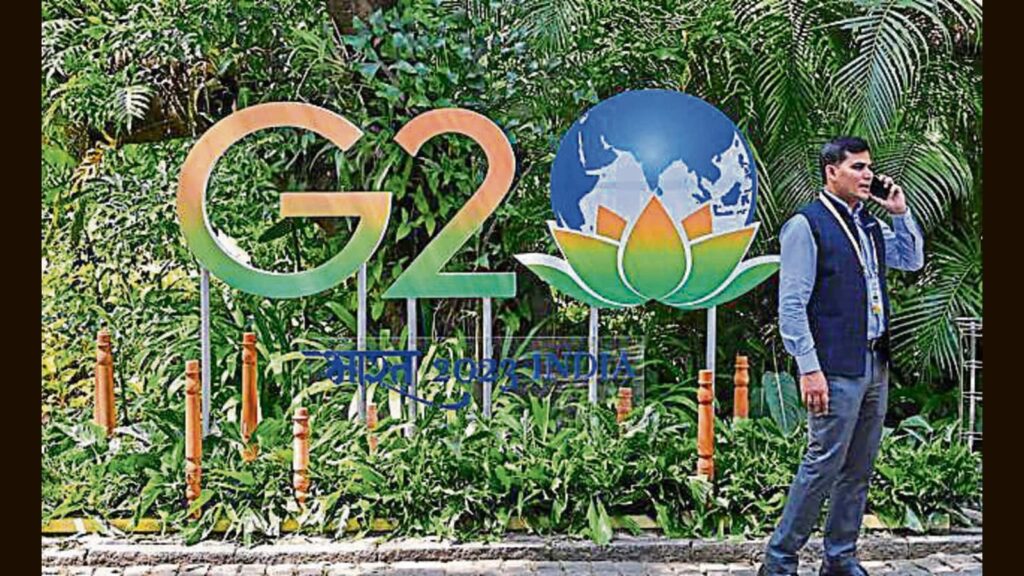
Economic Transformation and Structural Shifts
- Growth and resilience: After early-2000s acceleration, global financial crisis headwinds, and the pandemic shock, India has sustained a high-growth profile among large economies, supported by consumption scale, services dynamism (IT/ITeS, finance, logistics), and a push to expand manufacturing via schemes like production-linked incentives (PLIs).
- Formalization and digitization: Measures including the Goods and Services Tax (GST), Insolvency and Bankruptcy Code (IBC), Aadhaar-enabled delivery, Unified Payments Interface (UPI), and direct benefit transfers (DBT) have deepened formalization, improved compliance, and scaled digital transactions to billions monthly.
- Infrastructure upgrade: Accelerated highways, dedicated freight corridors, expanded metro networks, modernized airports and ports, rural road penetration, and electrification have reduced logistics frictions. Nationwide 4G rollout and rapid 5G deployment complemented the growth of data centers and cloud services.
- Start-up and innovation ecosystem: India has developed a top-tier start-up ecosystem spanning fintech, e-commerce, SaaS, mobility, health-tech, and deep-tech, underpinned by abundant STEM talent, venture capital inflows, and maturing regulatory frameworks.
Society, Inclusion, and Human Development
- Poverty reduction and welfare targeting: Expanded food security, LPG access, rural housing, sanitation, and electrification improved baseline welfare. DBT architecture and Jan Dhan–Aadhaar–Mobile (JAM) rails reduced leakages and enhanced inclusion, though service quality and last-mile delivery remain uneven.
- Health and education: The COVID-19 response catalyzed health-system investments (oxygen ecosystem, diagnostics, telemedicine) and the world’s largest vaccination drive. Education has expanded at all levels, with rising female enrollment and digital learning, even as learning losses, teacher support, and employability alignments continue as priorities.
- Gender and youth: Women’s participation has risen in select sectors and self-help groups, yet labor-force participation gaps persist. A young demographic profile creates an imperative for job-rich growth, skilling, and MSME empowerment.
Governance, Federalism, and Reform
- Administrative modernization: Emphasis on faster clearances, performance dashboards, and outcome-based monitoring has tightened project execution. Digital portals for services, paperwork reduction, and data exchange have raised state capacity in many areas.
- Federal dynamics: GST created a unified indirect tax regime while preserving state roles; concurrent responsibilities in health, education, and social protection underscore the need for Centre–state fiscal balance and cooperative federalism. Urban governance and municipal finance reform remain critical to sustain rapid urbanization.
Foreign Policy and Security
- Strategic balancing: India pursues multi-alignment—deepening ties with the U.S., Quad partners, Europe, the Indo-Pacific, and West Asia, while maintaining legacy partnerships and engaging actively in BRICS, SCO, G20, I2U2, and Global South platforms.
- Neighborhood and extended region: A “Neighbourhood First” and “Act East” approach seeks connectivity, commerce, and stability in South Asia and the Indian Ocean, amid evolving security challenges and competition.
- Defense and borders: Continued modernization of the armed forces, indigenization drives, and infrastructure build-up along sensitive frontiers accompany a sharpened focus on maritime domain awareness and cybersecurity.
Technology, Space, and Digital Public Infrastructure
- Digital rails: India’s public digital goods (Aadhaar, UPI, DigiLocker, FASTag, Account Aggregator, Open Network for Digital Commerce) have enabled scalable, interoperable ecosystems in payments, identity, data-sharing, and commerce.
- Space and science: Cost-effective space missions, lunar and planetary exploration, and a growing private space-tech sector reflect advances in launchers, satellites, and space applications for weather, agriculture, and connectivity.
- AI and data governance: Rapid AI adoption across services, government interfaces, and industry sits alongside active debate on data protection, privacy, platform accountability, and trusted AI deployment.
Energy, Climate, and Sustainability
- Energy transition: Massive growth in renewables (solar, wind), emphasis on grid integration, green hydrogen, and storage, while expanding domestic gas and improving efficiency. Coal remains important for baseload, requiring careful transition management.
- Climate resilience: Heatwaves, floods, and extreme weather have intensified adaptation needs—urban drainage, resilient agriculture, coastal protection, and early-warning systems—alongside nature-based solutions and air-quality management.
- Mobility and industry: Faster EV adoption (two-wheelers, buses), FAME-type incentives, and charging networks complement industrial decarbonization pilots and circular economy initiatives.
Cities, Agriculture, and Regions
- Urbanization: Tier-2 and tier-3 cities have emerged as growth nodes with new airports, logistics parks, and industrial clusters. Affordable housing and transit-oriented development remain priorities, alongside municipal finance reform and smart-city services.
- Agriculture: Productivity gains, horticulture expansion, irrigation efficiency, FPOs, agri-tech, and market digitization aim to raise farm incomes and supply-chain resilience. Climate-smart agriculture and water stewardship have become central.
- Regional development: Balanced growth through industrial corridors, tourism, services hubs, and targeted incentives in lagging districts seeks to reduce spatial disparities.
Challenges and Imperatives Ahead
- Jobs and productivity: Creating high-quality, formal non-farm jobs at scale demands continued manufacturing deepening, MSME competitiveness, export diversification, and skilling aligned to industry 4.0.
- Human capital and services quality: Learning outcomes, primary healthcare readiness, nutrition, and affordable urban services determine long-run productivity gains.
- Rule of law and institutions: Efficient courts, contract enforcement, predictable regulation, and robust data protection buttress investor confidence and citizen trust.
- Financing the future: Deepening capital markets, pension/insurance penetration, municipal bonds, and blended finance for climate and infrastructure will be vital.
- Inclusive and sustainable growth: Ensuring that growth is broad-based across gender, caste, region, and sector—while staying within ecological limits—will define the developmental compact.
Key Themes and Milestones (2000s to Present)
- Economic reforms 2.0: Tax, bankruptcy, financial inclusion, and digitization re-wired the economy for scale and formalization.
- Connectivity leap: National highways, dedicated freight corridors, airports, ports, fiber, 4G/5G, and metro systems boosted mobility and logistics.
- Global stature: Leadership roles in multilateral forums, vaccine diplomacy, and peacekeeping expanded India’s international footprint.
- Tech-scale advantage: A uniquely large, interoperable digital stack enabled inclusive finance, service delivery, and innovation at population scale.
- Health shock and recovery: The COVID-19 crisis stressed systems and accelerated investments in health, supply chains, and digital public goods.
Interesting Notes
- India processes among the largest volumes of real-time digital payments globally, with QR codes ubiquitous across urban and rural commerce.
- Start-ups and MSMEs increasingly leverage open digital networks (for commerce, logistics, credit) that reduce gatekeeping by large platforms.
- India’s space missions have combined low-cost engineering with high-impact outcomes, inspiring a new generation of private space-tech ventures.
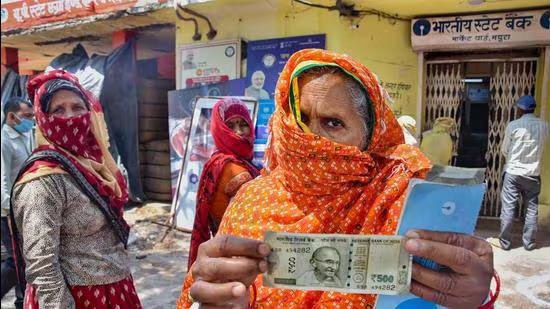
निष्कर्ष
India’s 21st-century journey is defined by scale, speed, and systems: building world-class digital rails, expanding physical infrastructure, repositioning in global supply chains, and striving for inclusive, sustainable growth. The road ahead turns on converting demographic potential into widespread prosperity—through job-rich industrialization, resilient cities, climate-smart development, high-quality public services, and strong institutions—so that India’s rise is both globally consequential and broadly shared at home.

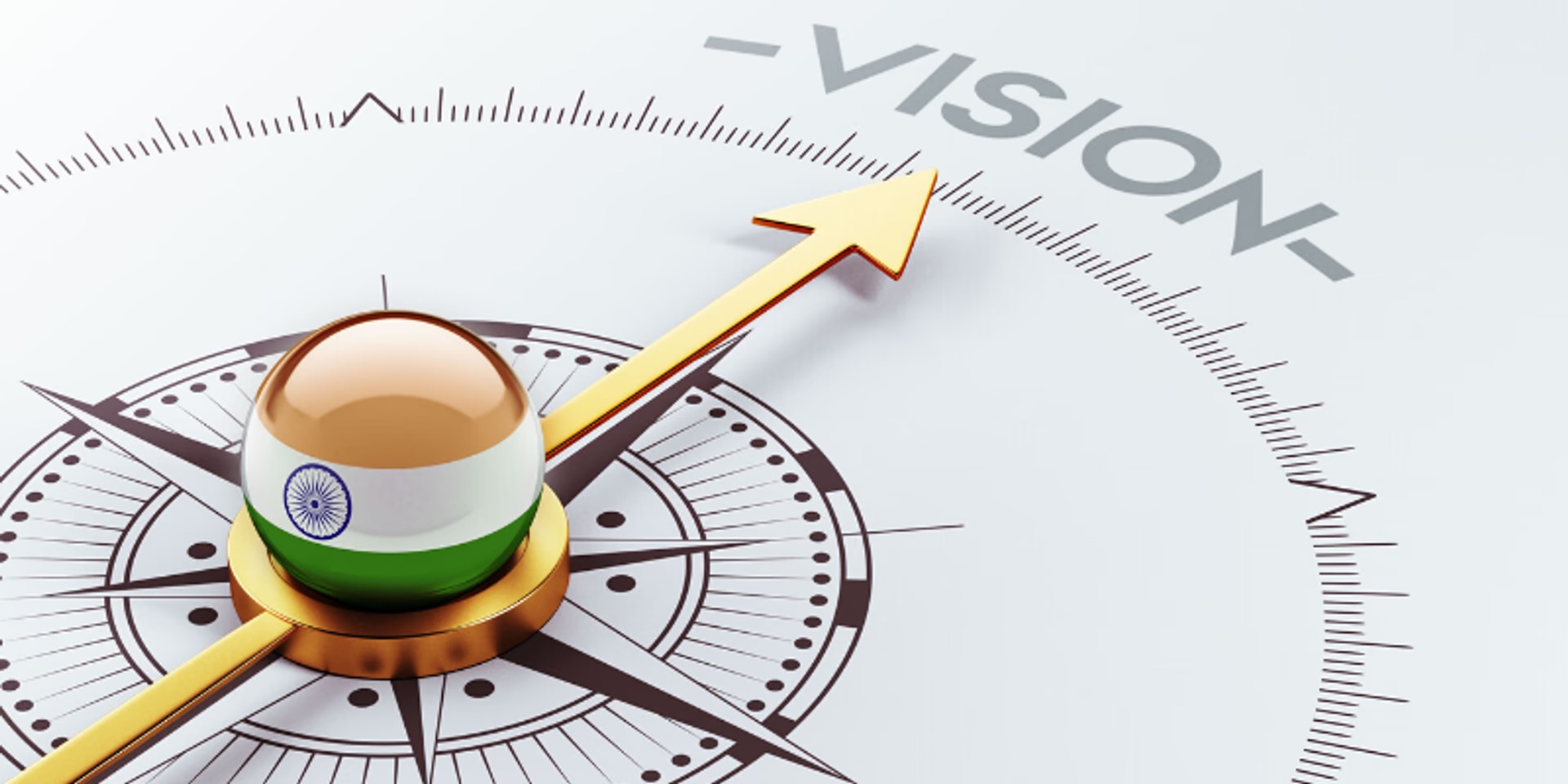


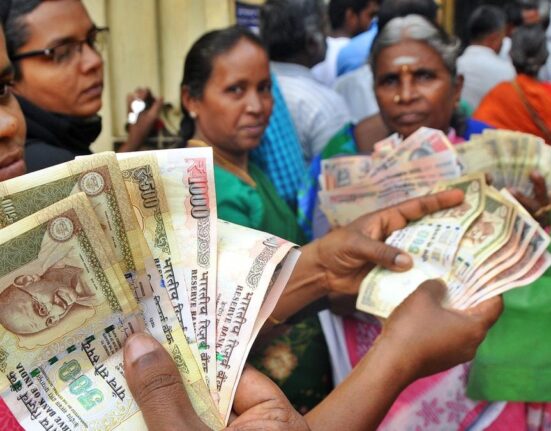
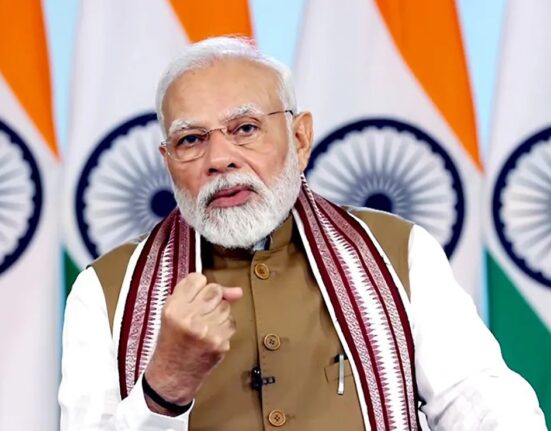

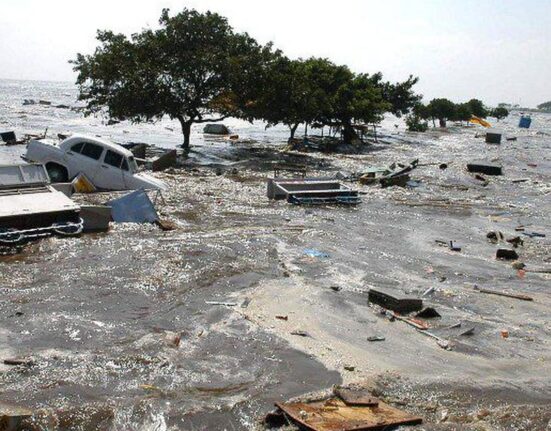
इस बारे में प्रतिक्रिया दें